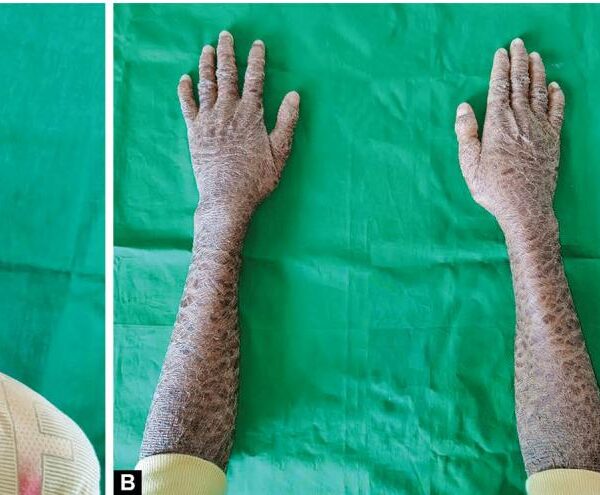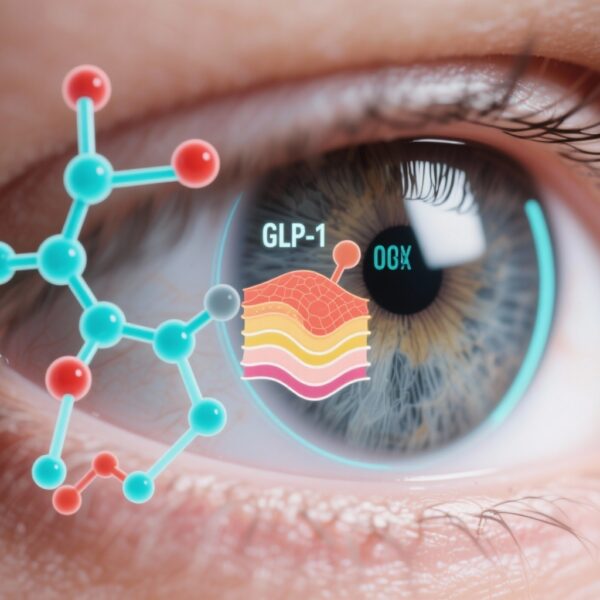Highlight
• Postpartum haemorrhage (PPH) diagnosis was significantly earlier (median 15-17 minutes) in Nigeria, Kenya, and Tanzania using a 300 mL blood loss threshold with abnormal clinical signs compared to South Africa’s 500 mL threshold (median 30 minutes).
• More than 85% of PPH cases were diagnosed within 30 minutes in countries using the 300 mL threshold combined with clinical signs.
• Nearly all PPH cases requiring intervention were diagnosed within 90 minutes regardless of diagnostic criteria.
• Use of combined objective and clinical criteria facilitates timely PPH detection and may improve clinical outcomes.
Study Background
Postpartum haemorrhage remains a leading cause of maternal morbidity and mortality worldwide, especially in low- and middle-income countries. Clinically, PPH is defined as blood loss exceeding 500 mL within 24 hours post-vaginal birth. However, this time frame and volume criterion may delay diagnosis and intervention, as significant bleeding commonly occurs in the first hours after delivery. Currently, evidence on optimal timing and diagnostic thresholds for PPH is limited, particularly from resource-limited settings.
The E-MOTIVE trial, a pragmatic cluster-randomised study conducted in multiple African countries, previously demonstrated a 60% relative reduction in bleeding-related adverse outcomes by employing an early recognition bundle for PPH involving objective blood loss measurement and clinical criteria. This nested observational study within the trial sought to map the timing of PPH diagnosis and diagnostic practices used in real-world clinical settings across Nigeria, Kenya, Tanzania, and South Africa.
Study Design
This observational study was integrated within the larger E-MOTIVE trial, which is registered on ClinicalTrials.gov (NCT04341662). The study was conducted in 39 hospitals spanning four African countries—Nigeria, Kenya, Tanzania, and South Africa. Health care workers were observed continuously for 1 to 2 weeks during June to December 2022, capturing clinical care from vaginal birth up to 2 hours postpartum.
The diagnostic approaches varied by country:
- In Nigeria, Kenya, and Tanzania, healthcare workers diagnosed PPH based on either blood loss ≥300 mL accompanied by at least one abnormal clinical sign (pulse, blood pressure, uterine tone, or vaginal blood flow) or blood loss ≥500 mL.
- In South Africa, the diagnosis relied solely on an objective blood loss of ≥500 mL without mandatory clinical signs.
Observations recorded the timing and clinical criteria leading to PPH diagnosis, enabling a comparative descriptive analysis across countries.
Key Findings
Among 2,578 vaginal deliveries observed, 295 cases of PPH were identified.
Timing of Diagnosis:
- Median time from vaginal birth to PPH diagnosis was 15 minutes in Nigeria and Tanzania, 17 minutes in Kenya, and notably longer at 30 minutes in South Africa.
- The proportion of PPH diagnoses made within 30 minutes was highest in Tanzania (86%), followed by Nigeria and Kenya, and lowest in South Africa (58%).
- By 60 minutes postpartum, 96% to 100% of PPH cases across all countries had been diagnosed.
- All PPH cases requiring clinical intervention were identified within 90 minutes of delivery.
Diagnostic Criteria Usage:
- Nigeria, Kenya, and Tanzania most commonly diagnosed PPH using blood loss ≥300 mL combined with ≥1 abnormal clinical sign (47%, 65%, and 68% respectively).
- South African practitioners predominantly used the ≥500 mL blood loss threshold as their diagnostic criterion (81%) without relying on additional clinical signs.
Expert Commentary
This study provides critical evidence to challenge the traditional ≥500 mL blood loss definition of PPH, especially in settings with high maternal mortality. The adoption of a lower blood loss threshold (≥300 mL) augmented by clinical signs allows for earlier recognition and timely intervention, which is vital in preventing progression to severe hemorrhage and multiple organ dysfunction.
Clinically, reliance solely on blood volume measurements can underestimate risk because blood loss estimation is known to be often inaccurate in clinical practice. Incorporation of clinical parameters such as pulse rate, blood pressure, and uterine tone enhances sensitivity for early detection. The observed variation in median diagnosis time between South Africa and other countries underscores the impact of diagnostic criteria on clinical responsiveness.
Limitations of the study include its observational design and potential variations in healthcare worker experience and resource availability across sites. However, the large sample size and multicountry inclusion add robustness and generalizability. Future guideline updates could consider integrating combined blood loss and clinical sign thresholds to optimize PPH management protocols globally.
Conclusion
This nested observational study within the E-MOTIVE trial underscores the benefits of early and combined diagnostic approaches for postpartum haemorrhage in diverse African clinical settings. Utilizing a threshold of 300 mL blood loss along with clinical signs enables identification of PPH approximately twice as fast compared to a 500 mL threshold alone. Early diagnosis within the critical first hour postpartum allows timely interventions that could significantly reduce maternal morbidity and mortality.
Health systems and practitioners should consider implementing combined objective and clinical criteria for PPH diagnosis to improve early detection rates and outcomes. Further research is warranted to evaluate the impact of these diagnostic strategies on long-term maternal health across different resource settings.
Funding
This study was funded by the Bill & Melinda Gates Foundation and Ammalife.
Clinical Trial Registration
Details can be found at ClinicalTrials.gov identifier NCT04341662.
References
Mammoliti KM, Martin J, Devall A, Easter C, Althabe F, Funmi AL, Yusuf R, Abubakar F, Arigbede LC, Mugambi JK, Oyoo P, Sambusa M, Banda A, Samuels F, Willemse S, Khambule SD, Shu’aib HM, Wakili AA, Okore J, Mwampashi A, Singata-Madliki M, Arends E, Muller E, Galadanci H, Qureshi Z, Al-Beity FA, Hofmeyr GJ, Fawcus S, Moran N, Osoti A, Gwako G, Gallos I, Coomarasamy A. When are postpartum haemorrhages diagnosed? A nested observational study within the E-MOTIVE cluster-randomised trial. Lancet Glob Health. 2025 Nov;13(11):e1946-e1954. doi: 10.1016/S2214-109X(25)00302-X. PMID: 41109265; PMCID: PMC12535819.



